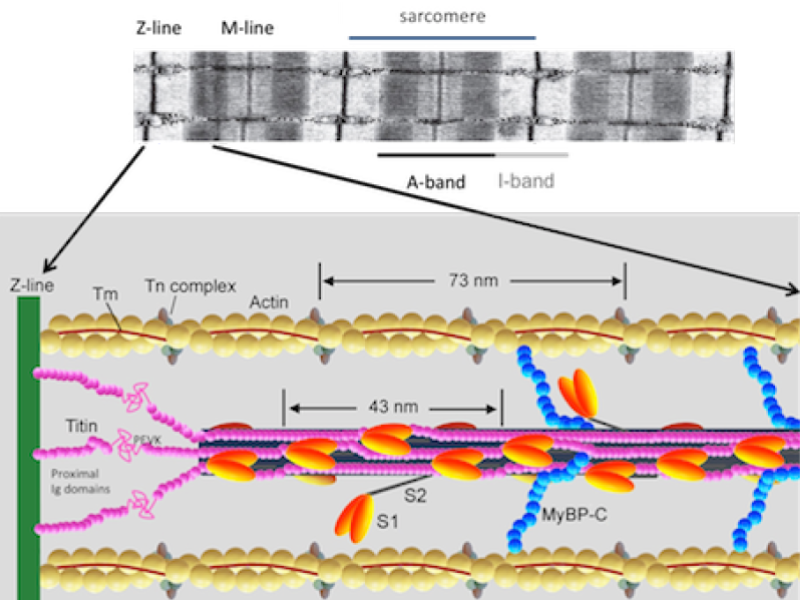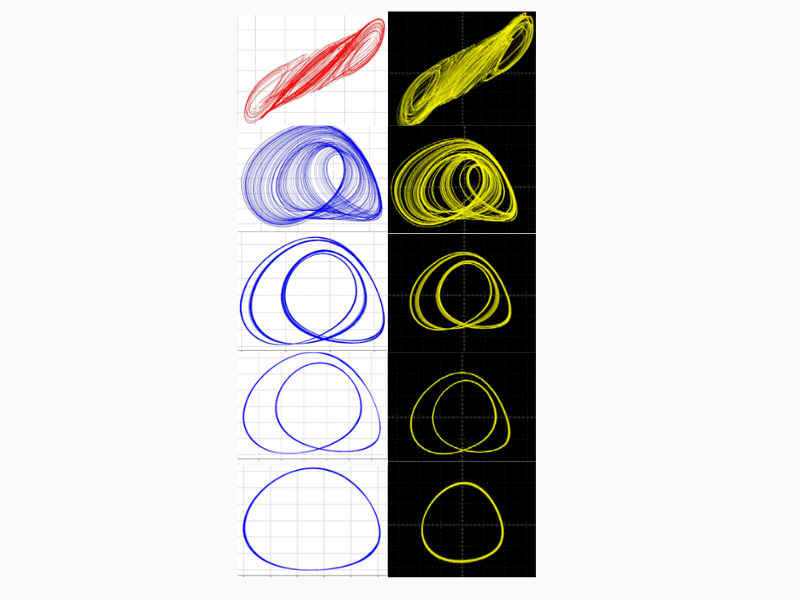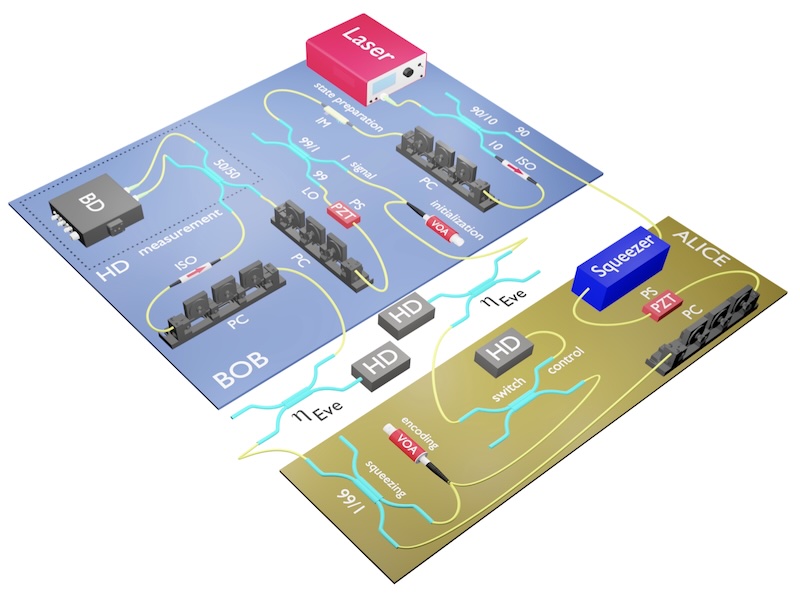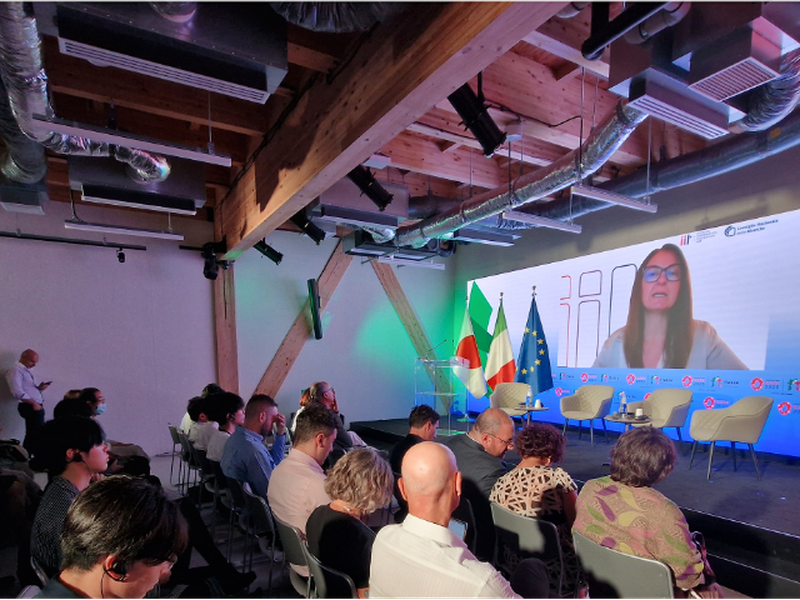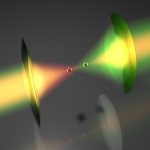
A “nano-oscillator” has been created in Florence on the border between classical physics and quantum physics
January 29, 2025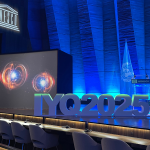
NQSTI at the Inauguration of IYQ 2025 in Paris
February 5, 2025The project Regulation of striated muscle: a research bridging single molecule to organ – ResTriMus – is part of the PRIN2022 projects promoted by the MUR. It started on 01/12/2023 and will end on 30/11/2025.
The ResTriMus project aims to describe the molecular mechanisms responsible for the regulation of contraction in the striated muscle and the related myopathies. In the sarcomere, the structural unit of the striated muscle, force and shortening are generated by two arrays of ATP-driven myosin motors. The sarcomere activity is controlled through a dual filament regulation: the calcium dependent structural change in the regulatory proteins on the thin filament, and the stress-dependent thick filament activation.
How Does ResTriMus Work?
The ResTriMus team employs advanced techniques to analyze normal, mutant, and engineered sarcomeric proteins both in situ and in vitro. It aims to define how thick filament regulation occurs in skeletal and cardiac muscles, focusing on how mutations in myosin and titin—an essential cytoskeletal protein—affect these processes. Additionally, it will explore cooperative thin filament activation mechanisms in cardiac muscle, particularly concerning mutations in the regulatory protein troponin.
Why Is It Important?
The experiments conducted by ResTriMus project will serve to understand these molecular mechanisms that are crucial as mutations in regulatory proteins, and can lead to impaired filament activation, contributing to various myopathies and heart failure. By uncovering these pathways, the project aims to provide insights that could lead to new therapeutic strategies for treating these conditions.
Project Goals:
- Definition of thick filament regulation by the intramolecular and intermolecular interactions in myosin.
- Definition of the mechanokinetic parameters of the nanomachine powered by cardiac myosin.
- Implementation of a stochastic model that uses the nanomachine output to define the mechanism leading to myopathies, due to mutations in the myosin and in the cytoskeleton protein titin.
- Implementation of a multiscale model to describe the emergent properties of cooperativity from the half-sarcomere to the muscle cell.
Who is Participating?
The project involves a collaboration of experts from different institution: Prof. Marco Linari (University of Florence) as principal investigator and Dr. S. Gherardini (CNR-INO) as unit responsible.
For more details about the project, you can contact stefano.gherardini@cnr.it .
The project ResTriMus is funded by the European Union – Next Generation EU.
Website PRIN: https://prin.mur.gov.it/
Ph. Cr.: Adapted from Figure 1 in the reference “A mechanical model of the half-sarcomere which includes the contribution of titin” in Journal of Muscle Research and Cell Motility 40, pp. 29-41 (2019), by Irene Pertici, Marco Caremani, and Massimo Reconditi.

